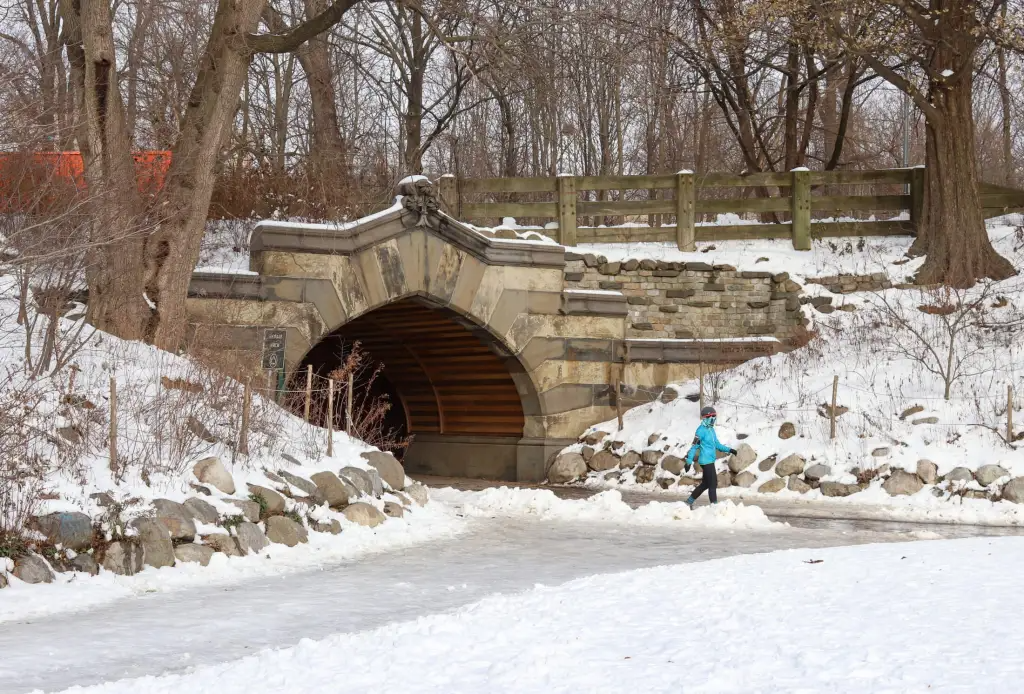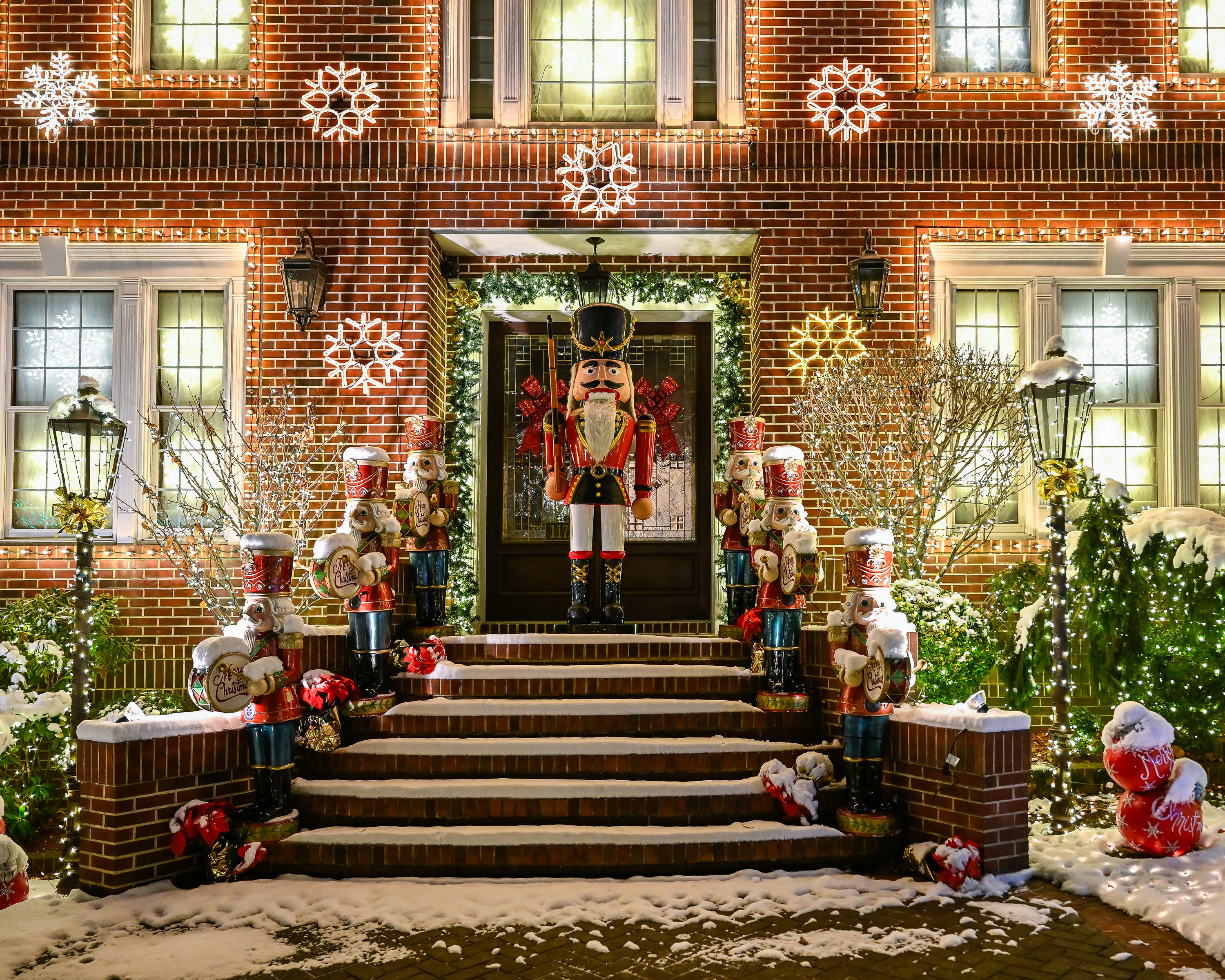Ah, To Have Bought In 1996
For everyone who missed the chance to buy a house in Fort Greene or Clinton Hill ten years ago, Sunday’s profile of Gitta Robinson and Richard Grisaru’s Clinton Avenue Edwardian townhouse will be a little bittersweet. How much did the couple pay for the 4,000-square-foot house back in 1996? A whopping $270,000. Ouch! As the…
For everyone who missed the chance to buy a house in Fort Greene or Clinton Hill ten years ago, Sunday’s profile of Gitta Robinson and Richard Grisaru’s Clinton Avenue Edwardian townhouse will be a little bittersweet. How much did the couple pay for the 4,000-square-foot house back in 1996? A whopping $270,000. Ouch! As the article describes, despite having been an SRO for years, the house had retained much of its original detail: oak paneling, claw-foot tubs, handsome fireplaces, a stained-glass skylight and a wall of casement windows topped by leaded-glass transoms stretching the width of the house. Even at what seems like a bargain-basement price today, the purchase was a stretch for the couple, both of whom are architects. Their strategy was to quickly fix up the top duplex to start generating rental income while they camped out amidst the renovation of the lower half. The process informed their outlook on architecture.
“When we work with clients on their own renovation projects, we design every square inch to perfection,” Ms. Robinson said. “But I’ve discovered that I don’t need that level of perfection in my own life. It doesn’t bother me that this house shows its quirky age.”
Amen, sista.
From the Beginning, It Felt Like Home [NY Times]
GMAP P*Shark





Bed Stuy/Stuy Heights.
Historically homes DO NOT always go up, no matter where you buy. Park slope averaged in 1988 around 800K for a house. In 1996 that number dropped to 500K. It took until 1999 for it to get back up to 800K. 11 years of decline. My aunt bought a house on Crown Street in the late 20s. It was a very well to do place then. Before she died in the late 70’s her house was sold for about the same price she paid in the late 20’s. 50 years…no return. Like the previous poster said, location is the key factor in price. It is not automatic that the price goes up
Good question. Where would you buy if you only had a minimal amount of money. I’d say Flatbush.
Houses don’t appreciate, neighborhoods appreciate. I think the areas that most readers here can handle living in are at 9/10ths already, meaning that there are no real bargains (after property taxes and expenses) left.
So if you want to reproduce the stunning luck of the carroll gardens or FG buyer in the 70s, you better pick an in-the-dumps neighborhood.
But which? there are so many to choose from.
There lies the problem: there were so many to choose from in the 70s as well, and nobody writes about the people who bought in the dozens of areas that did not deliver the goods, people who bought then had to sell because of crumbling neighbors, rising crime, or other issues that made them just run out of money.
It is like stocks: the dow is full of winners, and if you focus on them then market investing looks like a sure-fire bet, but when they were small, each was hidden among dozens of losers that looked equally attractive.
Buying a house to expect significant appreciation above inflation rate is a gamble, and the bigger return you want the biggest risk you must take. You want no risk and miniscule return? buy on 5th avenue. You want high risk and the possibility of huge returns? buy anywhere that our favorite brokers are not already flogging housing stock in.
Buying property in Manhattan? Who can afford that? We’re still trying to find the cheapest homes in Brooklyn for $150-225K these days.
One of my favorite old stories goes something like this: John Jacob Astor, lies on his deathbed, one of the wealthiest men of his time. Someone asks him if he has any regrets. He replies “I wish I had bought more property in Manhattan.”
Yeah it’s all relative. I think Canarsie might be cheaper, but who wants to live out there!
I agree with Bob, the best you can do is appreciate someone else’s good fortune, and move on. There’s always the “woulda, coulda, shoulda” in most areas of life. My parents were offered opening stock shares in a new company called International Business Machines, way back when, and they had to pass, as they couldn’t afford it, even though it was a relatively small amount, even at the time. But they were a young family with two small children, and it just wasn’t possible. Who knew?
I remember loving Clinton Hill back in the late 70’s, early 80’s when my friends were going to Pratt, and it was a very different neighborhood then. But even a bit later, in the mid 80’s when we were looking to buy, it was too pricey, especially when neighboring Bed Stuy had great houses for under $100K.
It’s all relative, you just have to be glad for the time you are in, and deal with it. If your over $1M house is worth $6M in ten years, people will be talking about your great deal just like we talk about the deals of the past.
Hal, using the CPI, $10,000 in 1899 was worth $187,600 in 1996. If houses were going for $250K back then, that would be a paltry 33% real return over 100 years of ownership. Hardly great returns.
Here’s a link,
What Is Its Relative Value in US Dollars
http://eh.net/hmit/compare/